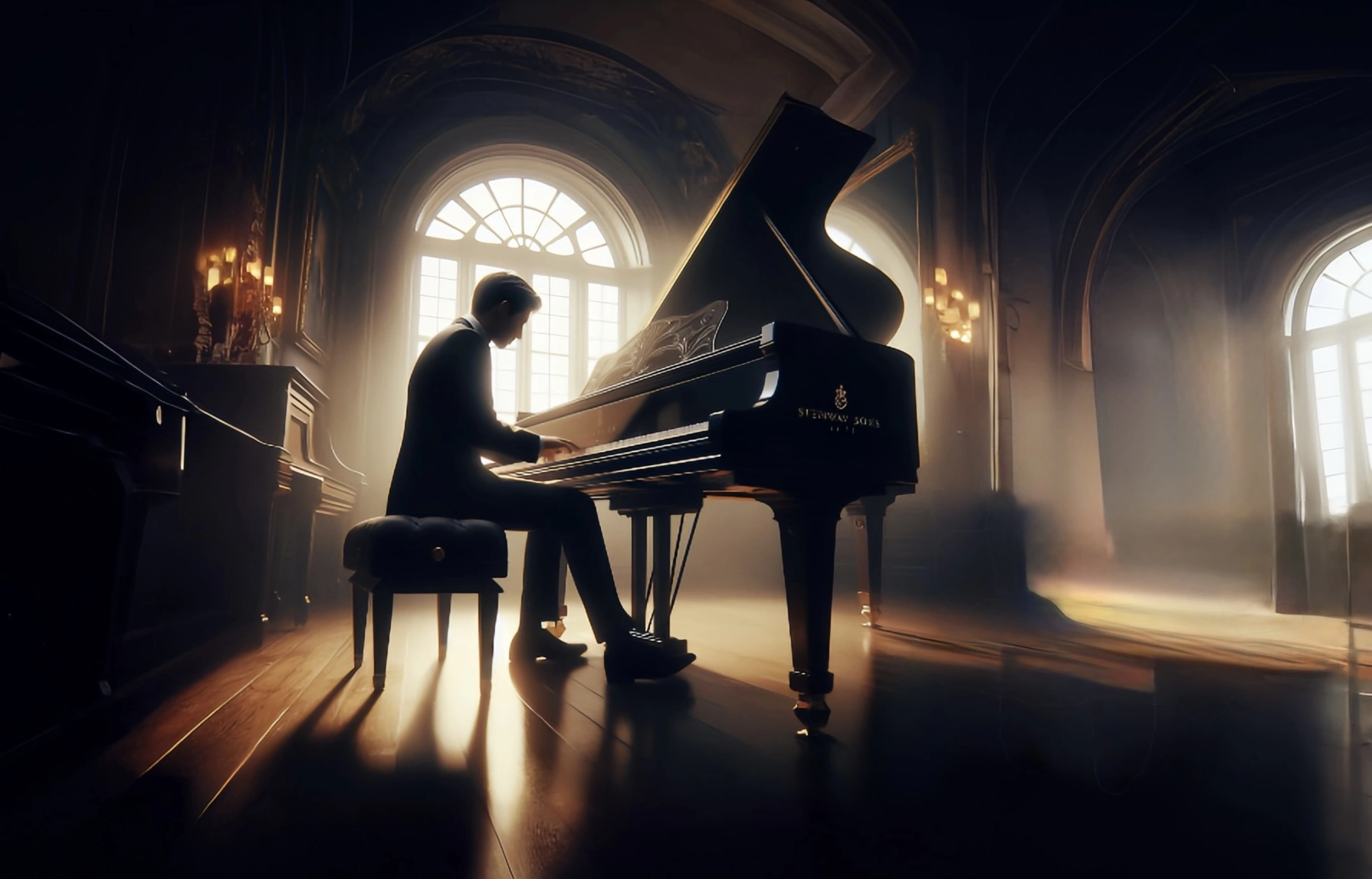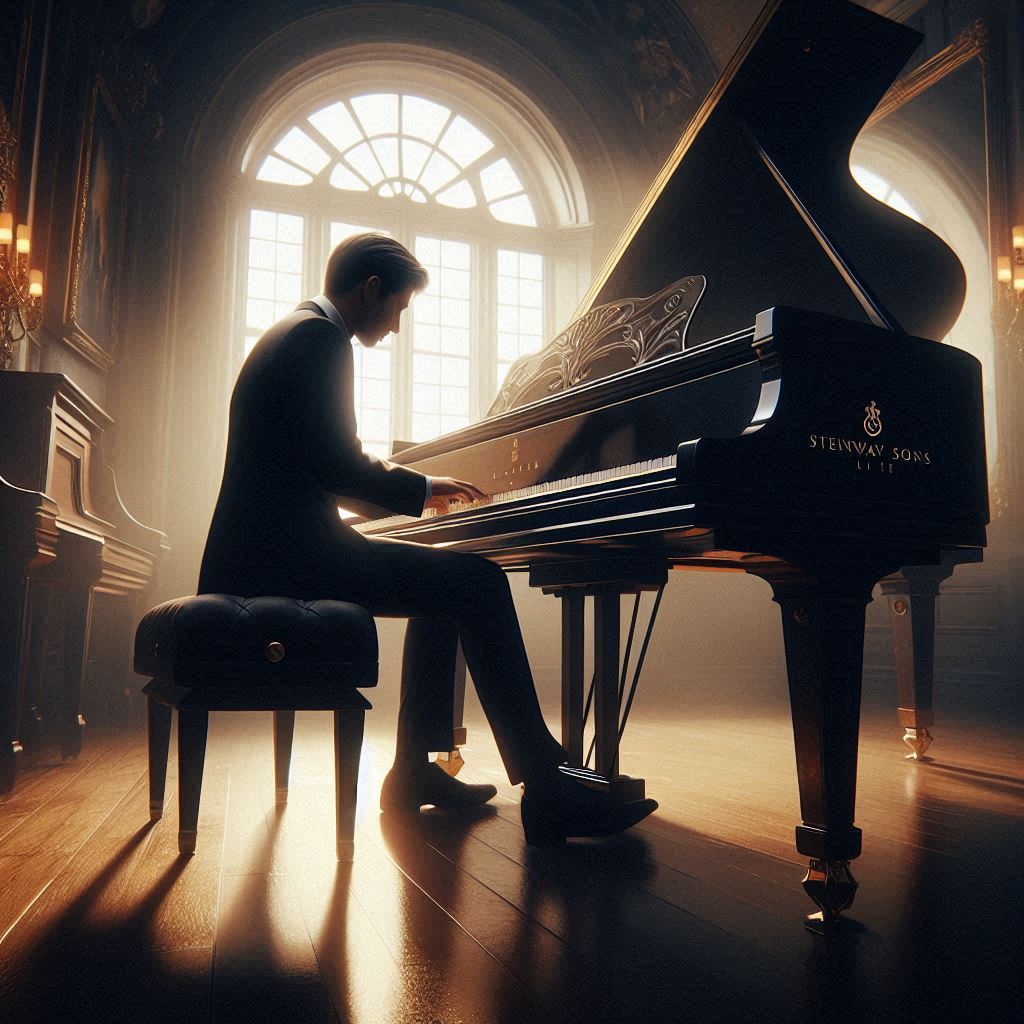



This musical composition is inspired by a narrative shared by a piano teacher, capturing the essence of a life journey through five distinct movements. Each part is meticulously crafted to depict pivotal moments in the protagonist’s life, employing various musical techniques and references to classical compositions.
The opening segment, Old Life, portrays the protagonist's final moments with a flute solo echoing the melancholy of Chopin's Nocturne Op. 9 No. 2. This leads into a woodwind ensemble segment named Funeral, reminiscent of the second movement of Chopin's Piano Sonata No. 2.
This movement begins with the soul's descent into a Cave of Reincarnation, illustrated through high-pitched string chromatic scales, timpani, and cymbal accompaniment, evoking the tension and cries of a newborn. The mother's theme, a leitmotif throughout the piece, is introduced by the horns, suggesting a lullaby with the soothing words, "Sleep, sleep. Oh, my little baby, fall asleep now."
A flute key change and oboe response symbolize early childhood education, mirroring the interaction between a mother and her young child before formal schooling.
In Thrive, the child’s growth is musically illustrated with variations of the mother's theme, utilizing quaver notes and inverted sequences. String tremolos signify each step towards maturity. A short waltz represents the joy of school life, with high flute notes mimicking birds that distract the child, incorporating elements of the mother's theme.
This movement begins with a classical piano solo using Alberti bass, reflecting the protagonist’s early piano studies. The key gradually shifts from G Major to C-Sharp Minor, depicting the piano’s increasing dominance in the protagonist's life, spurred by his mother’s insistence on practice. The protagonist's lack of initial appreciation for this discipline is evident.
An Adagio section with bass notes emulating heartbeats signals the poignant moment of the mother’s death, witnessed by the protagonist during a piano practice session.
Overcoming his grief, the protagonist realises his mother's wisdom and resumes his piano journey with newfound dedication. Despite his eccentricities and constant references to his late mother, his success is signalled by a recurring dotted minim B, crotchet A-Sharp, and minim B motif, culminating in a rapid, triumphant conclusion.
This composition, Life Ballade - One Life, not only illustrates the profound emotional and developmental journey of the protagonist but also pays homage to the classical traditions that have influenced its creation.